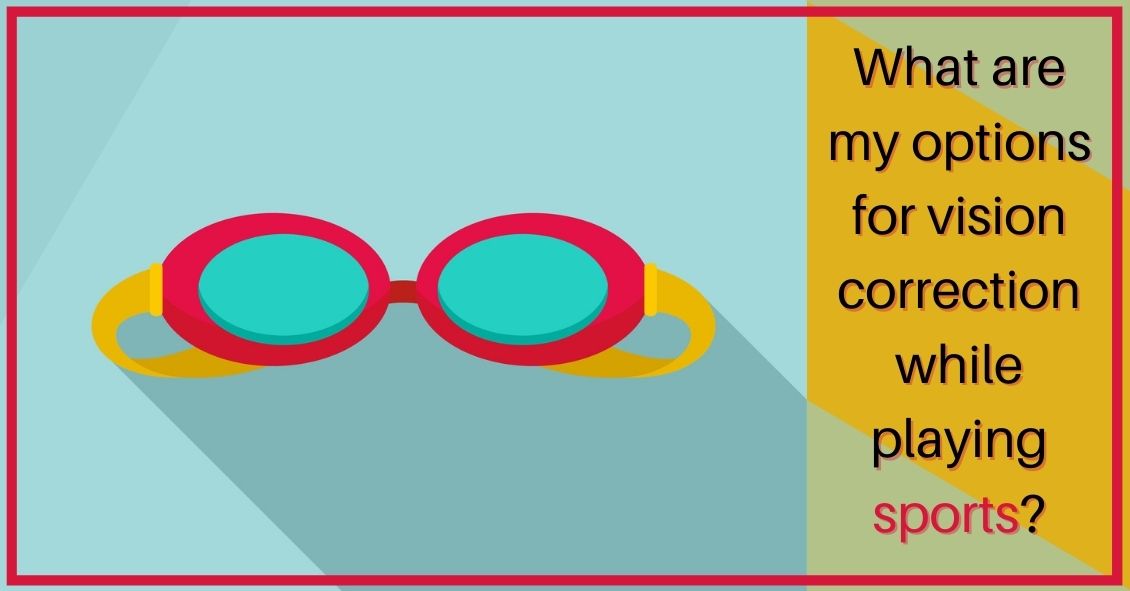
There are many options available to adults and children when it comes to wearing corrective lenses (glasses and contacts) when engaged in physical activities.
Here is a look at the different modalities and the pros and cons of each:
Prescription Sports Goggles (i.e. Rec Specs)
The main benefits of goggles when playing sports are stability of vision and eye protection. When playing fast-moving sports, like basketball, soccer, rugby, etc., elbows, wrists, and heads are flying around at high speed, increasing the risk of eye injury. The eyes and eye sockets can be protected when covered by shatter-proof lenses. Additionally, there is no worry of having a contact lens pop out of your eye, which can be a debilitating experience for some people. The main drawback to goggles is that they can be cumbersome, decrease peripheral vision, and fog up. Additionally, very high prescriptions might not be available due to frame limitations. On the whole, this is a very good option for many people. One additional advantage to sports goggles is that in many cases you can have the lens made out Transition glasses, so the lens darkens in sunlight and lightens as it gets darker.
Contact Lenses
Far and away the best option for actually seeing when playing sports is contact lenses, particularly soft contact lenses. The main benefits include full field of vision, no fogging of lenses, and obviously no unsightly, heavy glasses on your face. But where sports goggles shine, contact lenses fall short: higher risk of injury, possibly less stable vision (especially when wearing multifocal or astigmatic lenses), and the potential of a lens falling out during activities. With modern contact lenses, this rarely happens, however. Gas permeable (hard) lenses are not recommended for sports.
Wearing Nothing!
For those whose prescriptions are not so high as to prevent proper functioning without correction, wearing no correction whatsoever is a fine choice. I’m often asked by parents whether their child absolutely needs to wear correction when they are playing sports. The answer is, it depends on how high the prescription is and the activity in which the child is engaged. If someone can see well enough to perform tasks without being hindered, not wearing any correction is perfectly fine.
There are plenty of options available for athletes. Visit your eye doctor to see what the best option is for your particular needs.
Article contributed by Dr. Jonathan Gerard
This blog provides general information and discussion about eye health and related subjects. The words and other content provided in this blog, and in any linked materials, are not intended and should not be construed as medical advice. If the reader or any other person has a medical concern, he or she should consult with an appropriately licensed physician. The content of this blog cannot be reproduced or duplicated without the express written consent of Eye IQ.
